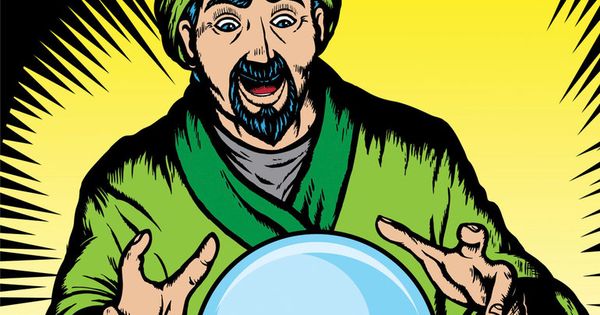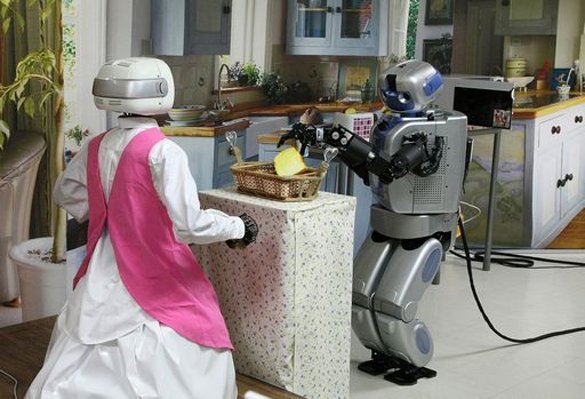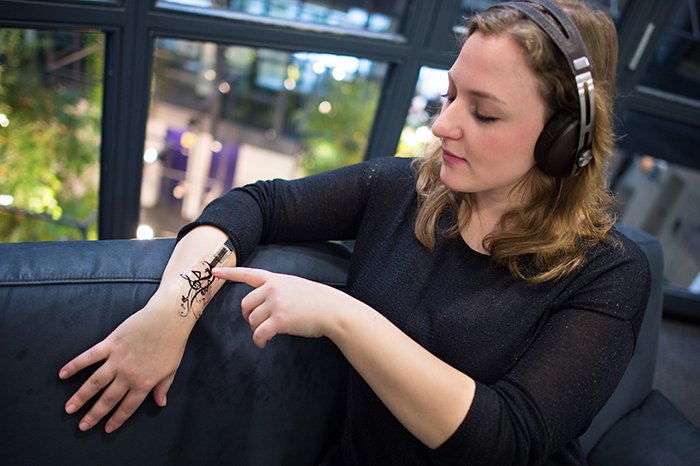
When speaking about the future, the wonderful visionary Terence McKenna, had a rather original theory: The future was here already, and what attracted us towards it, was actually something located in future times. He said:
“The universe is not being pushed from behind. The universe is being pulled from the future toward a goal that is as inevitable as a marble reaching the bottom of a bowl when you release it up near the rim.”
McKenna’s “Timewave zero” theory proposed that the universe was pulled toward a complex attractor that existed ahead of us in time. Further, he declared that the ever-accelerating speed experienced by modern times (an example of such an acceleration is Moore’s Law) was the core characteristic of the current interconnected world in which we live in. The present, McKenna said, was getting closer and closer to the futurist attractor.
What are therefore some of the visions existing today, that can help us forecast the future? Will technology change our lives in a radical way? What will characterize our cities ? What kind of works will we have? Will what we define as “being human” become different? In this article we seek to answer some of these questions, and trigger new thought provoking ideas, by setting up some scenarios, of what is already happening in society.
Welcome to the Robot Economy
One of the predictions that is fast becoming a reality is that robots will form a sizable component of the workforce. In factories in particular, there are already robots working, and many companies are investigating how robots can save them time. The issue about a robot economy where automation rules over the means of production, is that their increased efficiency, is that if these would be great for the economy, there would be job losses.
There are also predictions that robots will have an impact on most sectors, not just manufacturing, though there is much debate about this. Some people have asserted that a robot economy could lead to a cashless and jobless society and a basic income. A cashless society would be the product of a world where robots would do all the work. It is in many ways hard to see how a robot economy and cashless society might function without a basic income, since potentially many people could end up being out of work and with no way to bring in any money.

A Basic Income to All of Us
The idea of a basic income is interesting and the underlying concept is that each individual would get a set and unconditional level of income which would be guaranteed. This is not the same thing as the concepts of minimum wage or living wage. BIEN (the Basic Income Earth Network) states that a basic income is:
“An income unconditionally granted to all on an individual basis without means test or work requirement.”
The concept of the basic income is supported by many, and BIEN state that the proponents even include two Nobel laureates in economics, as well as high ranking politicians. With rising inequality in society today, the idea of a basic income is encouraging, as this could help to deal with the fact that unemployment has not been dealt with effectively. Either way there is a growing understanding that social and economic policy need to be more closely linked, to help reduce inequality.
Are we on the brisk of a world, where everyone is entitled to a basic income, that covers our basic needs, and where human beings dont need to work anymore, being therefore able to pursue creative, social and spiritual pursuits ? Will we become just like Star Trek’s utopian citizens taht have solved humanity’s basic problems, and are now left with the time to “challenge ourselves to become better people, physically, spiritually, and morally?”
Our Cities Will Be Urban Forests
Let’s be a bit optimist here. Our future will be greener!
Haunted by the fear of global warming, governments, the industry, and the civil society have been trying to look for alternatives. From an environmental perspective it is likely that our cities will be reshaped by sustainable architecture and green energy. There is already a lot of talk about smart buildings and how the Internet of Things will be able to help us to be more energy efficient. This includes the ability for buildings to be able to monitor activity and turn air conditioning, heating and lighting on and off according to whether people are actually using it, among other innovations.
On the other hand, some exciting architectural designs have already been developed to introduce sustainable architecture in a way that may not necessarily have been conceived of in the past to our cities. A fascinating example is Luciano Pia’s models of buildings that mimick the tree house apartment. According to Nicole Wakelin (2015) writing for Nerd Approved, part of the goal of the design was to absorb greenhouse gas by introducing more plants.

While this might seem like a somewhat outlandish project, Pia is not the only architect that has been coming up with designs to include nature in this way. Writing for The Guardian (2015), Francesca Perry has documented a number of different examples of more sustainable living in urban areas. One such example is that of Raimond de Hullu, an architect from The Netherlands who has come up with an idea for urban forest neighbourhoods. Such neighbourhoods would be devoid of cars, and houses would be tree-like in nature, and completely covered by nature. Needless to say, his design for urban living includes a house that is called OAS1S and which is built from recycled wood and uses renewable energy.
Wearable technology will transform us into post-humans
Everyone has heard about wearable technology. These are wearable technological devices that are already appearing on the market, such as Google Glass and Apple Watch. These types of products are currently worn on the outside, but changes are already happening to change that. Some are starting to reflect on how the experience of wearable technology is challenging engrained notions of humanity, by suggesting that we will become wearable post-humans, and that in fact this transition is already happening.

According to Tracy Follows (2015) reporting for The Guardian, businesses will have to adapt significantly to be able to market effectively to post humans. It will have major implications in many ways. This is because we are already becoming much more closely linked to machines in many ways, and technology is blurring the boundaries between men and robots. On this she says:
“We are on the cusp of a mutation of humanity as we transition from being biologically natural to become a multi-species, multi-gender, multi-skilled, multi-purpose hybrid of organism and computerisation.”
Wearable technology and post humans were the topics of a recent Masters thesis by Uzeyir Arda Ener in Turkey. The study examined a whole range of different wearable devices, as varied as head mounted displays used by Oculus Rift for virtual games and smart tattoos that allow people to be able to carry out activities like unlocking a car door or monitoring their health by having such a tattoo. The work showed that a range of different products are already in development that bring together a symbiosis between man and the machine, and that human computer interaction is drawing closer together than before. This led to the conclusion that wearable technology is very likely to become a part of the body. This seems in some ways like people starting to become partially cyborg.
What Does The Future Hold For Us? Part 2

Maria Fonseca is the Editor and Infographic Artist for IntelligentHQ. She is also a thought leader writing about social innovation, sharing economy, social business, and the commons. Aside her work for IntelligentHQ, Maria Fonseca is a visual artist and filmmaker that has exhibited widely in international events such as Manifesta 5, Sao Paulo Biennial, Photo Espana, Moderna Museet in Stockholm, Joshibi University and many others. She concluded her PhD on essayistic filmmaking , taken at University of Westminster in London and is preparing her post doc that will explore the links between creativity and the sharing economy.


























